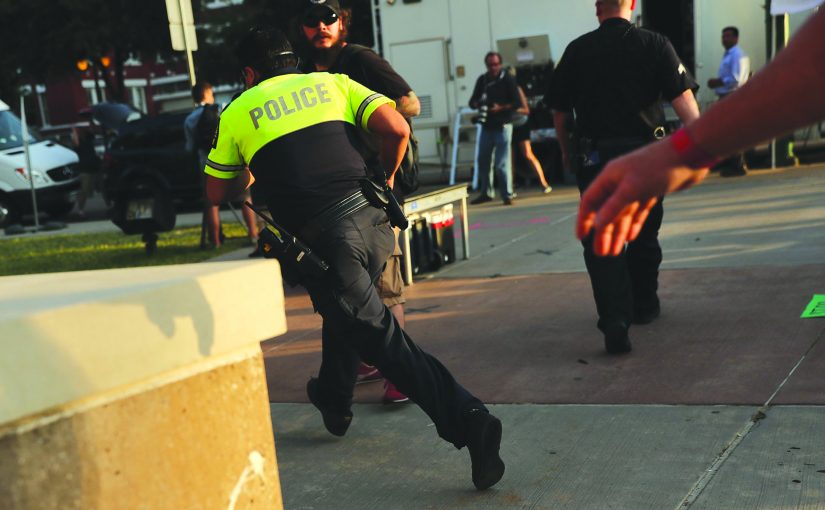Navigating Police Workers’ Comp
Challenges and Pathways to Improvement

On October 8, 2017, National Football League (NFL) defensive end J.J. Watt sustained a tibial plateau fracture during a game, prompting immediate MRI/CT scans and subsequent surgery the next day.1 His return to play occurred 10 months later. On December 5, 2021, Division 1 (D1) collegiate basketball player Paige Bueckers suffered a tibial plateau fracture during a game, undergoing scans immediately and surgery eight days later. She was cleared to return to the court approximately three months after surgery.2
Much like competitive sports, there exists another arena of “contact sport” where participants endure comparable injuries—the policing profession.
On October 7, 2020, a California police officer sustained an on-duty injury during a physical altercation.3 Initially, the officer reported right knee pain but delayed seeking immediate medical attention. After escalating pain and mobility limitations, a visit to urgent care resulted in an X-ray and the diagnosis of a knee strain or sprain. Despite modified light duty, the officer experienced persistent pain in the knee and developed increased discomfort in the low back, neck, and shoulders. Four weeks post-injury, an MRI revealed a tibia fracture and a tibial plateau fracture, which were missed in the initial X-ray review. Based on his growing fear that he was receiving inadequate medical treatment that would delay or prohibit his return to work, and potentially cause irreversible damage to his injury, the officer retained a workers’ compensation attorney to represent him going forward.
Three weeks later, the city’s orthopedic surgeon proposed surgery to fix the now improperly healed tibia fracture and still fractured tibial plateau. The workers’ compensation provider denied the surgery, deeming it costly, invasive, and unnecessary. Three months after the request, the independent medical review finally authorized the surgery. However, by this time, more than five months had passed since the officer’s injury, the fractures had healed improperly, and persistent pain had spread to other body parts. Six months after sustaining the injury, on April 5, 2021, the surgery was finally performed. Instead of repairing the fracture so that the officer could return to work, the surgery essentially just scoped and scraped out scar tissue to provide pain relief. Due to these delays, the officer was eventually forced to medically retire rather than returning to the field.
What do the professional football player, the D1 college athlete, and the cop have in common? Each of them participates in a job or activity that demands discipline, teamwork, mental toughness, dedication to training and skill development, and commitment to physical fitness. They all require the individual to perform under pressure, make split-second decisions, and work with teammates toward a common goal, whether it’s winning a game, completing a mission, or ensuring public safety. All of these pursuits have a high degree of inherent physicality and a probable risk of injury at some point during people’s careers. The major difference between the professional and collegiate athletes and the cop, however, is that the athletes healed and returned to the sport they loved, while the officer was forced to leave his chosen profession. With so much in common, why is the standard of care for an injured police officer so much lower than that of an elite athlete?


